Some Windows users, after updating their computers, get to see the Unsupported Processor Blue Screen. This issue mostly affects MSI systems; however, some non-MSI users also reported this issue. Due to this BSOD, their system crashes abruptly. This error is usually caused due to an unsupported update or a driver installed on your system. If you see the Unsupported Processor Blue Screen in Windows 11, this post will help you resolve the issue.
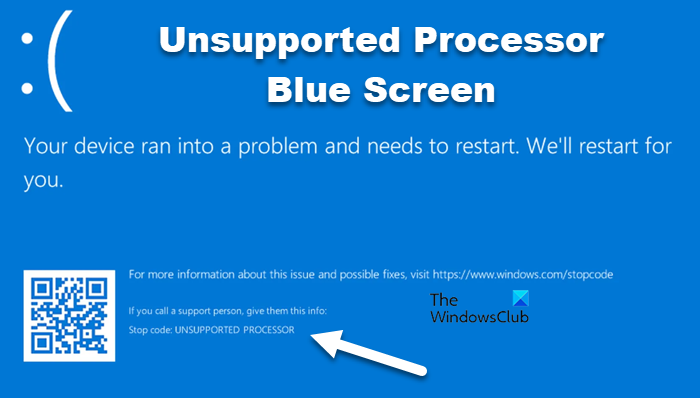
Fix Unsupported Processor Blue Screen in Windows 11
If you get an Unsupported Processor Blue Screen, ensure your processor supports Windows 11 22H2. You can check if your computer is compatible with Windows 11 22H2. If the system is not compatible with the latest version of Windows, you most likely get this error, and you need to roll back to the previous version to resolve this issue. But if the system is compatible and you get this error, follow the solutions mentioned below:
- Run Blue Screen Troubleshooter
- Rollback your driver
- Update all your drivers
- Use Automatic Repair
- Uninstall the problematic Update
- Revert your BIOS – MSI systems
- Update BIOS.
If you cannot boot Windows normally to the desktop, you may have to try and boot in Safe Mode or into the Advanced Startup options screen to be able to carry out the fixes.
1] Run Blue Screen Troubleshooter
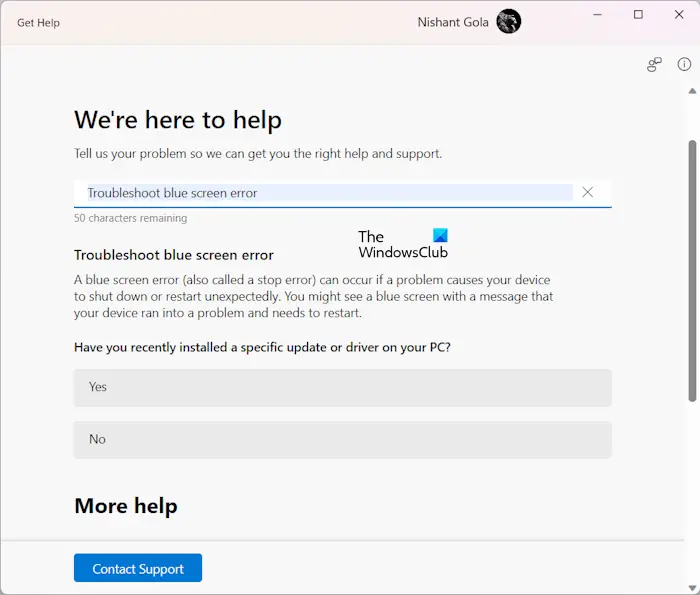
Microsoft understands BSOD errors are pretty common, so they have included an option to run the BSOD troubleshooter in the Get Help app – so run the Blue Screen Troubleshooter. The troubleshooting wizard will help you identify the cause and resolve the problem.
Do keep in mind that since you are on BSOD screen, you need to force restart your computer and when it goes back to the desktop, then only you can run the troubleshooter
2] Rollback your driver
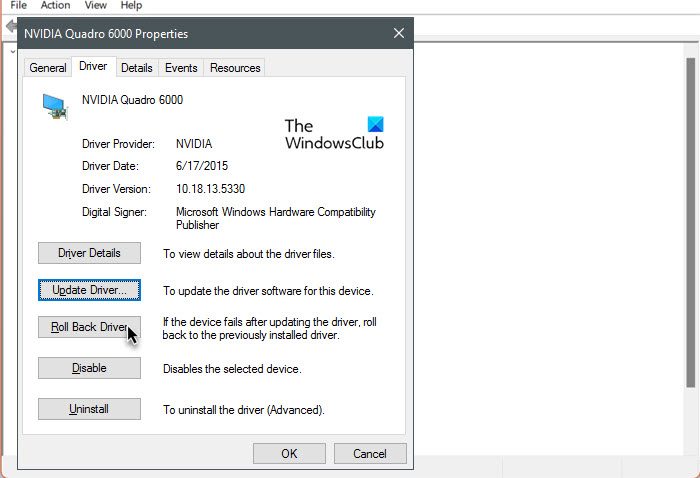
If the driver you installed has some bugs or is incompatible, it will throw a BSOD error. That is why we recommend you rollback your driver to the previous version and then check if the issue is resolved.
3] Update all your drivers
Your processor’s driver may not support the latest version of Windows if it is not updated. Usually, Windows Driver and Optional Updates installs the latest version of the driver, but that’s not the only method.
You can also download the latest driver version from the manufacturer’s website and install it on your system. If you think it’s a hassle to download every single driver manually, install a Driver Update tool as it will assist you in keeping your drivers up-to-date.
4] Use Automatic Repair
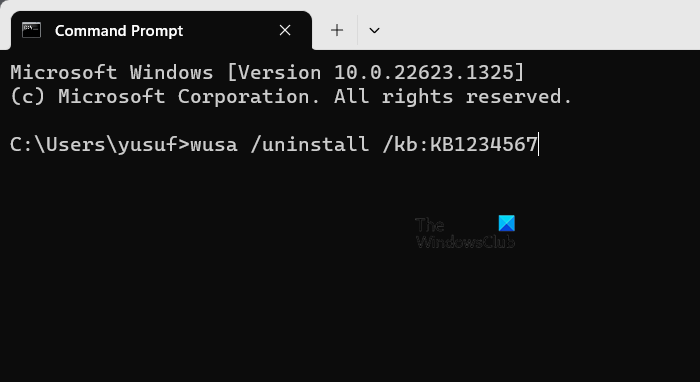
Reboot your computer multiple times till it goes into “Automatic Repair” mode and then run it.
Once it completes repairing, you will be back to the desktop. See if this helps.
5] Uninstall the problematic Update
If the problem occurred after installing a Windows Update, eg. KB1234567 on MSI-based systems, then you should consider uninstalling it.
Follow the steps mentioned below to do the same.
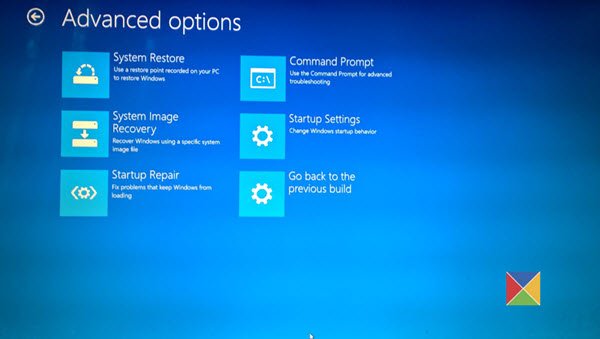
- Press the power button to turn off your system forcefully.
- Now, when the Windows logo appears, hold on to the power button to shut your system down.
- Do the same 3-4 times till the Automatic Repair menu appears.
- Now, in the Advanced Startup Options screen, go to Troubleshoot > Advanced options and then select Command Prompt.
- Finally, execute the following command.
wusa /uninstall /kb:KB1234567
- Now, start your computer.
6] Revert your BIOS
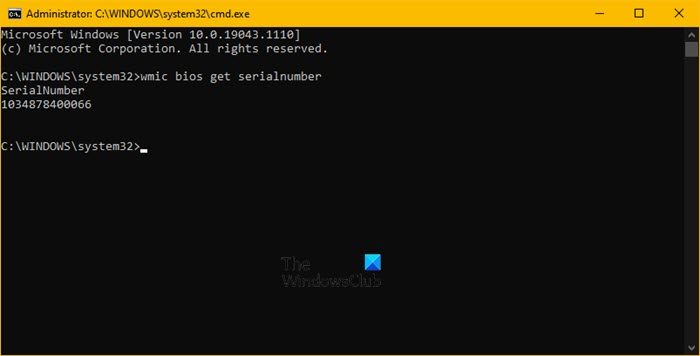
If you face this issue on MSI systems, then you might have to downgrade your BIOS.
MSI has said that: KB5029351 might automatically be uninstalled to allow Windows to restore to normal. However, if KB5029351 is not automatically uninstalled, we recommend reverting your BIOS to the previous version and uninstalling KB5029351 from Windows.
7] Update BIOS
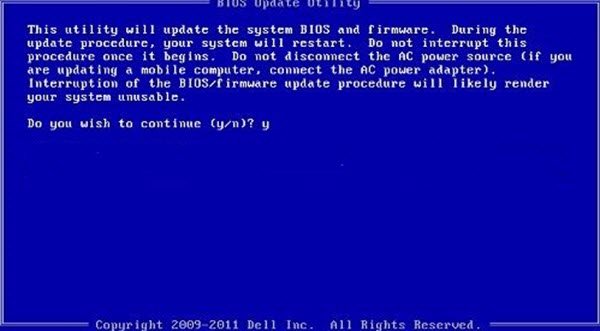
For other systems, generally speaking, if the BIOS firmware is outdated or has some bug that is not allowing it to work with the latest Windows update, you will get this BSOD. In that case, you need to update BIOS and then check if the issue is resolved.
We hope that you can resolve the issue using the solutions mentioned in this post.
Read: How to find which Driver is causing the Blue Screen on Windows?
Can I install Windows 11 even if my processor is not supported?
Even though Microsoft has allowed one to bypass TPM and other system requirements to install Windows 11, it is not recommended to do the same. This will be your system crawl, and it won’t be able to maintain the same level of performance. However, if you think your processor can handle the latest version of Windows, check our guide to how to install Windows 11 on unsupported hardware.
Read: Where is the BSOD log file location in Windows 11?
How do I permanently fix Blue Screen on Windows 11?
To fix any Blue Screen on Windows, your first option should be the Blue Screen Troubleshooter. Running Memory tests and checking your device drivers usually help! We have mentioned the steps on how to access and use it earlier. So, check that one out, and hopefully, you can protect your system from BSODs.
Leave a Reply